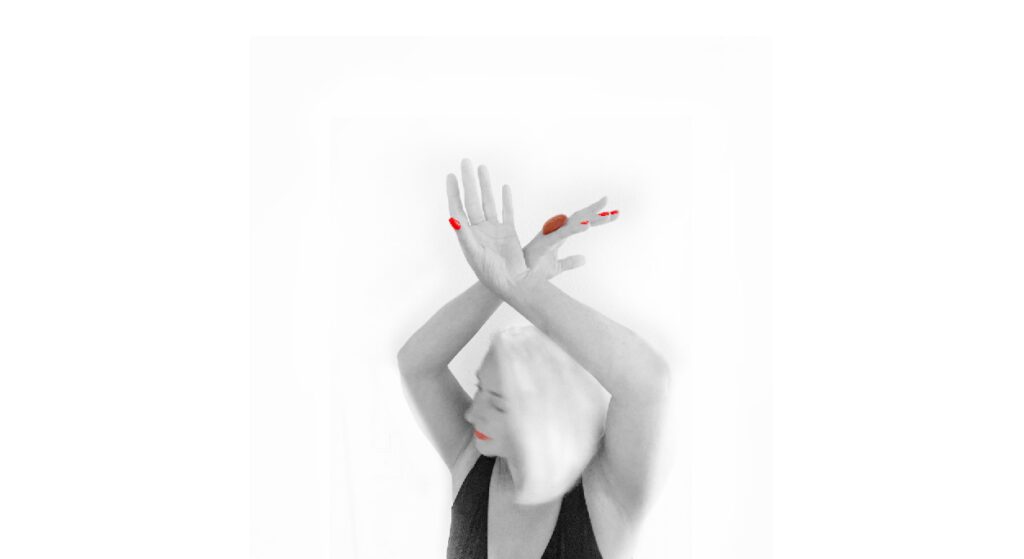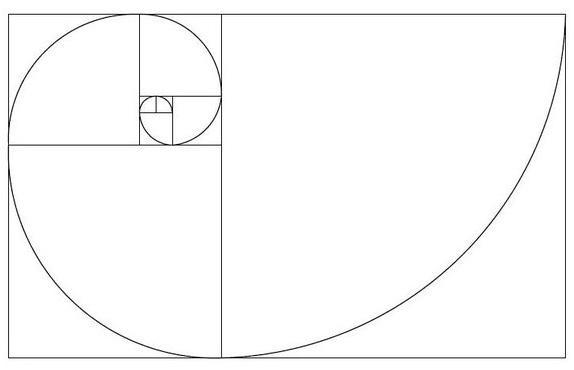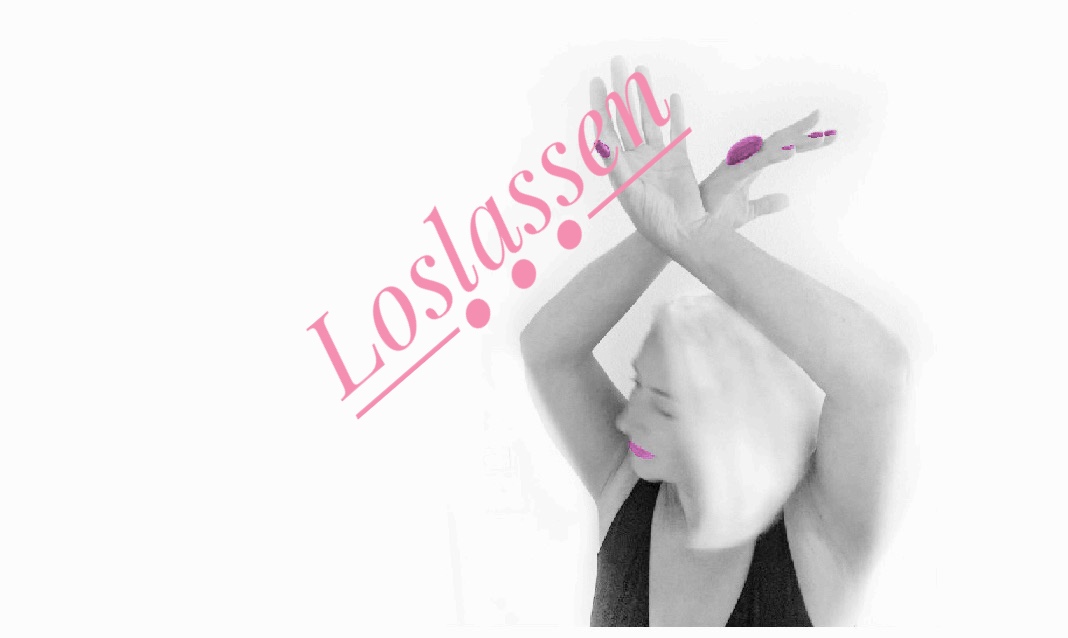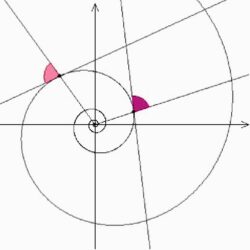Keep Moving
“Change happens through movement and movement heals”1
Joseph Pilates wrote this sentence out of the conviction that exercise is the best thing for our bodies.
Sandy Shimoda, who is working and educating together with Jay Grimes (a student of Joseph Pilates in the 1960s) for many years, writes about this in her recently published manual:
“The benefits of moving your body include improved circulation and cellular renewal, stress relief and better mood, lowered blood pressure and longevity. But the most compelling reason to keep moving is simple: Our bodies are designed to move and all systems within the body depend on it. The change the opening quote refers to is what the body needs to recover from misuse, tension, and inactivity. The movement Joe taught corrected body mechanics and healed ailments, from chronic back pain to post physical therapy rehabilitation.”2
The concern that movements would be done incorrectly was obviously of little importance to Pilates. He gave his students exercises that were adapted to their level of training. And he rarely made any improvements. Jay Grimes describes his early days in Joseph Pilates’ studio in New York in the early 1960s. Joseph Pilates’ first instruction was “MOVE!” and it was not until the third lesson that the second instruction came: “Use your gut.”
Joseph Pilates probably considered the movement itself more important than centering, precision and control.
Move !
was one of the most important and most used instructions from his mouth as his students unanimously describe.
But Joseph Pilates considered not only the movement itself to be important, but also the flow of movement. In his studio, he placed great importance on his students moving continuously.
Because only while they were moving could he observe and assess what weaknesses, strengths or imbalances they had and which exercises would help them to overcome them.
As we know, the first Pilates principle of breathing was essential for Pilates – as you can also read in my blog posts on this topic
“Above all learn how to breathe correctly” and “The Magic Six”
The interaction of breathing and movement is still an essential part of every beginner’s Pilates training. This combination creates the rhythm of movement.
And this rhythm accompanies our flow of movement. Finding this rhythm is an essential prerequisite for the continuous flow of movement – i.e. for our
Flow
Scientifically, flow in movement is described as follows: “Flow is the melting together of action and conciousness; the state of finding a balance between a skill and how challenging that task is.”3
And Sandy Shimoda even describes it as an essential prerequisite for the Joy of Movement: “When you achieve flow in your workouts you will feel the sense of enjoyment that comes from being immersed, involved, and energized by the process. It is the ultimate state of mind-body balance in motion; [ … ]. It is also the rewarding sensation that we all deserve to experience as often as we can manage.”4
The advantages of flow, this continuous movement in the rhythm of breathing, are, among other things, the joy of movement. The prerequisite for this is movement – so MOVE! as Pilates said.
Three things can severely and permanently hinder the flow and thus take away our joy:
Moving too slowly When we try to do Pilates very well, we prioritize control and precision over the natural rhythm of movement (see above) and the result is often mental and physical tension…or even tightness.
Hurrying When we move too quickly, we often rely on momentum and do not perform the exercises from our center of strength. We can only achieve a controlled and uninterrupted rhythm from our center of strength in conjunction with the rhythm of breathing.
Overthinking In our Pilates practice, we strive for balance between mind and body. When we slow down to perfect the execution of the exercise, the mind takes over at the expense of the body. On the other hand, when we “rush through” our Pilates exercises, we move our body without using the mind.
Sandy Shimoda sums it up like this: “If you are moving without control, or controlling without moving, you are not practicing Contrology” 5

Just like in Joe’s studio, we can safely ignore the worry that we are doing the exercises “wrong”. In my online training you will only do exercises that are familiar to you and are adapted to your personal training level.
“Be bad – it’s good for you”
says Jay Grimes.
And what he meant is that it is good when we become aware of what we are doing badly and what we can do better.
In this sense, bad movements help us to learn and get better!
Therefore, move in the rhythm of your breathing, keep moving and enjoy the movement!
Movement is flowing, it is the essence of change and movement heals!

- Return to Life through Contrology” Joseph H. Pilates New York 1945 ↩︎
- “Contrology Handbook. A Guide to Joe Pilates’ Method” Sand Shimoda 2024 . p.31 ↩︎
- Ellis; Völkl; Morris (1994) “Measurement and Analysis Issues with Explanation of Variance in Daily Experience Using the Flow Model” in Journal of Leisure Research. 26 (4); 337-356 ↩︎
- “Contrology Handbook. A Guide to Joe Pilates’ Method” Sandy Shimoda 2024 . p.44 ↩︎
- “Contrology Handbook. A Guide to Joe Pilates’ Method” Sandy Shimoda 2024 . p.46 ↩︎

